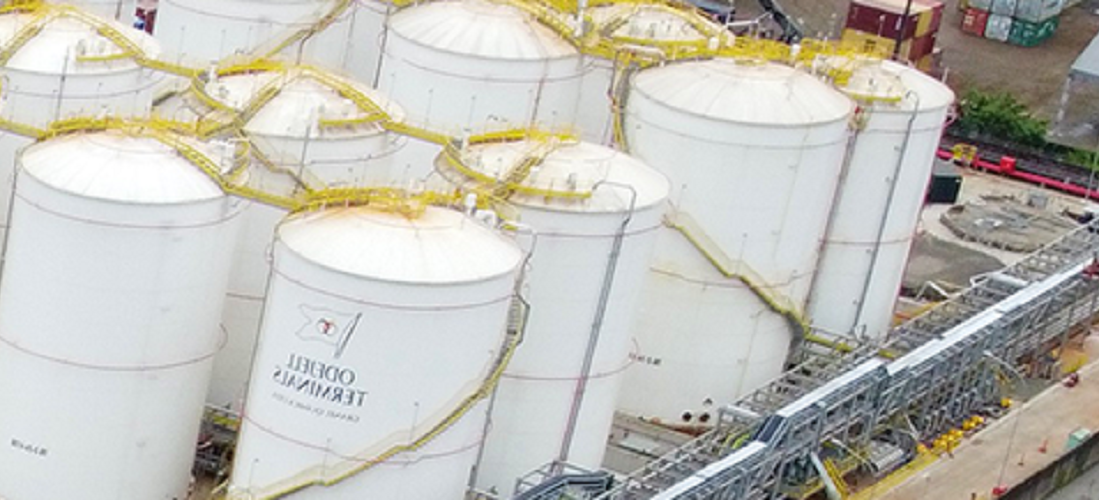
Santos liquids sector needs more berths
Jul, 15, 2021 Posted by Ruth HollardWeek 202128
A lack of mooring berths and access bottlenecks at the Port of Santos liquid terminals are two of the main problems faced by users who work in operations with liquid chemicals and fuels at the Santos wharf. According to them, the combination of these two factors results in the loss of cargo to other port complexes in the country.
“In 2020, we had a bottleneck of liquid ships operating in Santos. It was caused by marketing reasons and by deficiencies in maintenance in public berths, which caused excessive waiting for docking and the occasional re-direction of cargo to other ports, such as Paranaguá (PR) and Aratu (BA), mainly”, stated ABTL (the Brazilian association of liquid terminals), in a note.
Despite the cargo diverting reported by ABTL, the Santos pier registered an increase in its liquid operations last year. Official data from the Santos Port Authority (SPA) show that 18.77 million tons of liquid bulk were operated in 2020, 11.35% more than the 16.86 million tons recorded in 2019.
According to ABTL, in order to avoid the recurrence of these problems, SPA has carried out studies for the construction of another public mooring berth in Alemoa. It also began structural repair work on the Ilha Barnabé berths.
“In addition to these two public berths being repaired, there is a project to build a third public berth, besides the investment already started by the private sector to construct another private berth on Ilha Barnabé, which should be operational in mid-2023. Such measures aim to prepare our port for the expected resumption of growth in the national economy”, highlighted ABTL.
Even with these initiatives, according to João Maria Menano, president of AMA (the association of companies in the industrial and port district of Alemoa), there is still a lack of mooring points in the region. Most of the liquid terminals are located in Alemoa. “The most difficult thing, without a doubt, is the lack of berths, and there are options close to private berths, such as TUP Alemoa, and public berths that will be auctioned in STS08 and STS08A, also in the Alemoa region. The support of the city hall and the state and federal governments is essential so that these options are created and made available to the market. It could also be a new point for the expansion of grain terminals there,” stated Menano.
Re-directing Cargo
According to the president of AMA, the scenario makes the Santos pier lose cargo to other port complexes. And it will only get worse. “Without a doubt, the queue of ships causes some cargo or ships to migrate to other ports. I think that it is part of the strategy for all types of cargo to migrate more and more (in large volumes and for long distances) to the rail modal. The city halls in the region have to encourage concessionaires to invest in new areas so they can divert cargo”.
On the other hand, Menano points out that the approval of the BR do Mar program, a bill currently being debated in the National Congress and which provides incentives for coastal shipping (sea transport between ports on a coast), would also bring new volumes and different operations to the Santos pier.
Source: The Tribune
To read the full original article, visit the link:
-
Meat
Jul, 29, 2020
0
China suspends chicken exports from BRF´s Dourados plant
-
Meat
Mar, 07, 2023
0
Mexico to allow Brazilian beef imports amid anti-inflation struggle
-
Ports and Terminals
Jun, 01, 2022
0
The world’s largest shipping company wants a container terminal in Suape
-
Grains
Jul, 23, 2020
0
Argentina’s exports of meat, fruits and vegetables show double-digit growth in first semester


